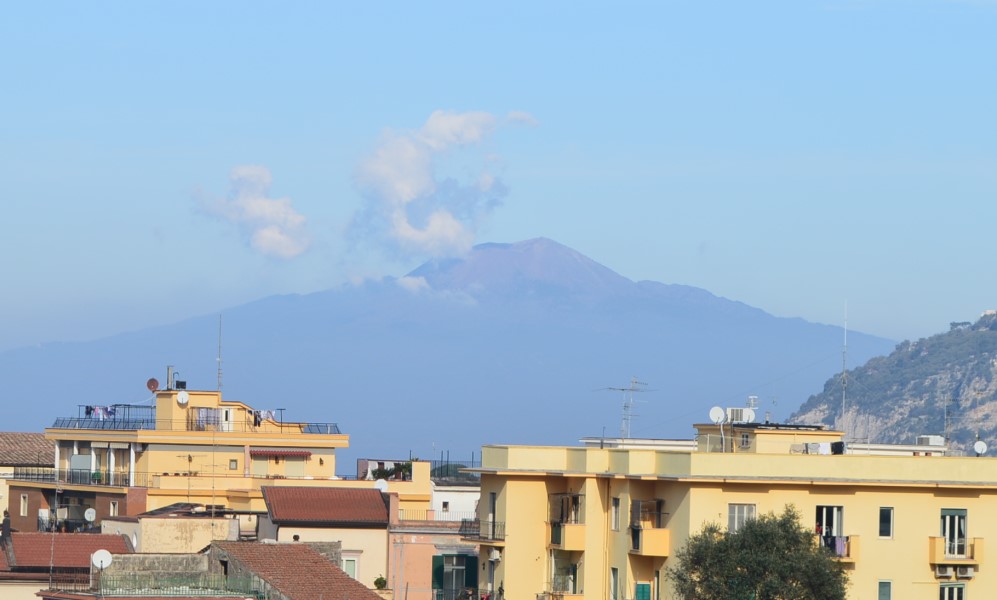While staying in Naples or Sorrento, it is a great idea to do the Mt Vesuvius volcano tour. Additionally, a visit to the Pompeii archeological ruins would make an excellent supplement.
Although it is possible to visit both destinations in the same day, 2 days is better! One whole day for the Mt Vesuvius volcano tour and one whole day for Pompeii.
This is especially true if you are traveling independently and going by public transport. However, it also allows much more time to enjoy all the aspects of your Mt Vesuvius volcano tour. Then save Pompeii for another day. First, I will cover the Mt Vesuvius volcano tour.
Transport to Mt Vesuvius Volcano Tour
Traveling to Mt Vesuvius is made easy thanks to the Circumvesuviana train. When traveling to Mt Vesuvius from Naples go to the main central station (Garibaldi). From there, take the train to Ercolano Scavi station. The journey time by train from Garibaldi station to Ercolano is only about 20 minutes.
However, we were traveling from Sorrento, so the travel time is a bit longer – 50 minutes. After you arrive at Ercolano Scavi, just catch the Mt Vesuvius volcano tour bus outside the station.
The bus will take passengers to the car park that is located about 200 meters below the summit. However, travelers must walk in from that point. The incline is moderate and results in a mild workout.
Furthermore, the summit of Mt Vesuvius is about 1200 meters above sea level. Therefore, the weather conditions can change rapidly and visitors should come prepared for the elements.

Geological History of Mt Vesuvius
One of the most interesting Mt Vesuvius volcano facts is that prior to it’s most famous eruption in 79 A.C.E., Mt Vesuvius was part of the much larger Mt Somma. In fact, Mt Vesuvius is merely the cone of a what was the much larger Somma-Vesuvius volcano complex.
During the Mt Vesuvius eruption in 79 A.C.E. it’s much larger top collapsed forming a caldera. The remaining section of this caldera now forms a semi circle around the Mt Vesuvius volcanic cone.
This is hard to grasp if you are not a geologist. Therefore, I included a satellite photo below from Google Maps.
Present day Mt Somma forms a semi circle around Mt Vesuvius to the north. That semi circle is the remains of what used to be a much larger mountain that encircled the volcanic cone (Mt Vesuvius).
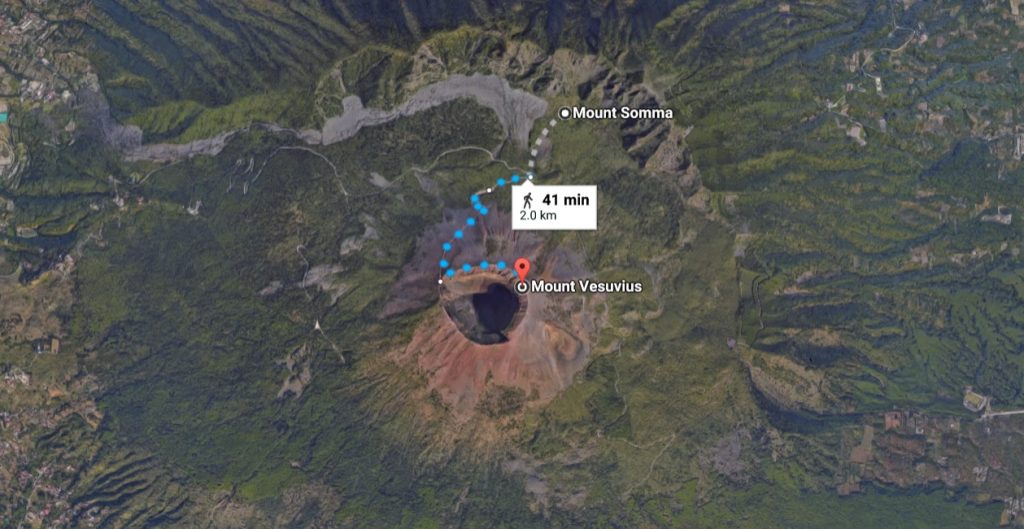

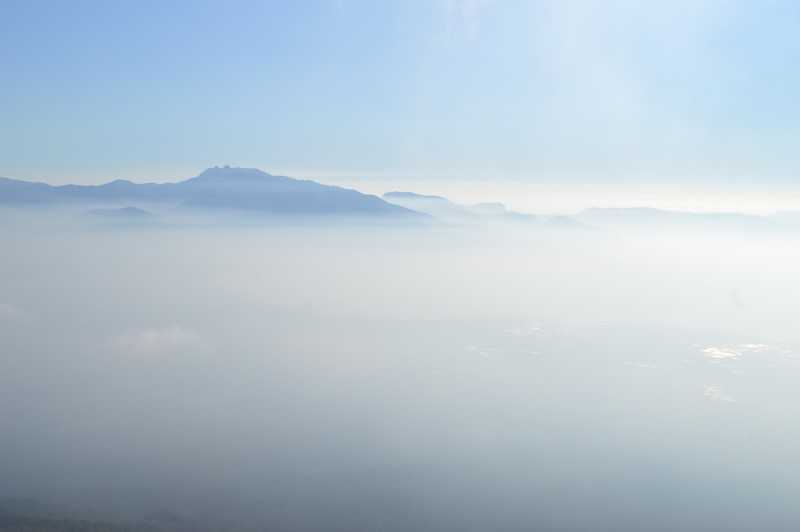
Magnitude of Mt Vesuvius Eruption
The enormous Mt Vesuvius eruption blew rocks, ash and pumice 33 kilometers into the sky. Additionally, the magnitude of the 79 A.C.E. eruption exceeded the thermal energy released by the Hiroshima-Nagasaki atom bombs by 100,000 times!
Indeed, the Mt Vesuvius volcano is not dormant and it remains one of the world’s most active volcanoes. If the volcano were to erupt again in modern times the results would be much different.
Including Pompeii and Herculaneum, the human deaths caused during this eruption were most likely limited to under 20,000. However, in modern times there are over 3,000,000 inhabitants living within a few kilometers of Mt Vesuvius. As a result, the potential chaos and destruction from another large eruption would far exceed the 79 A.C.E. eruption.
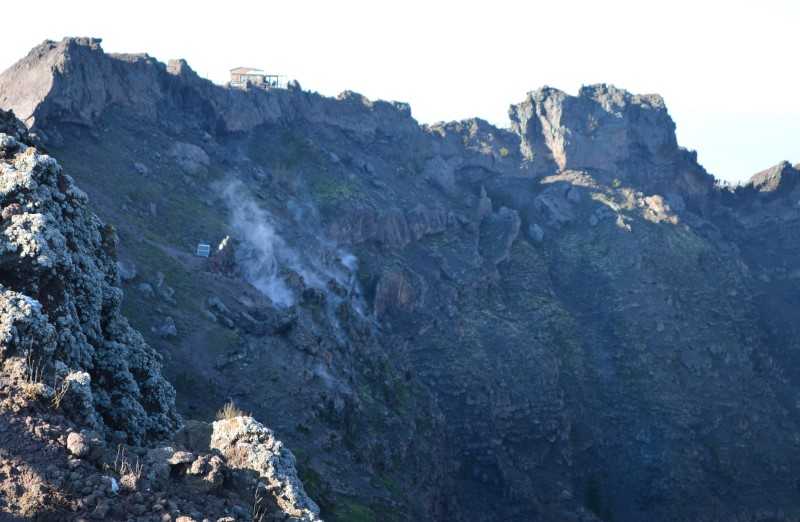
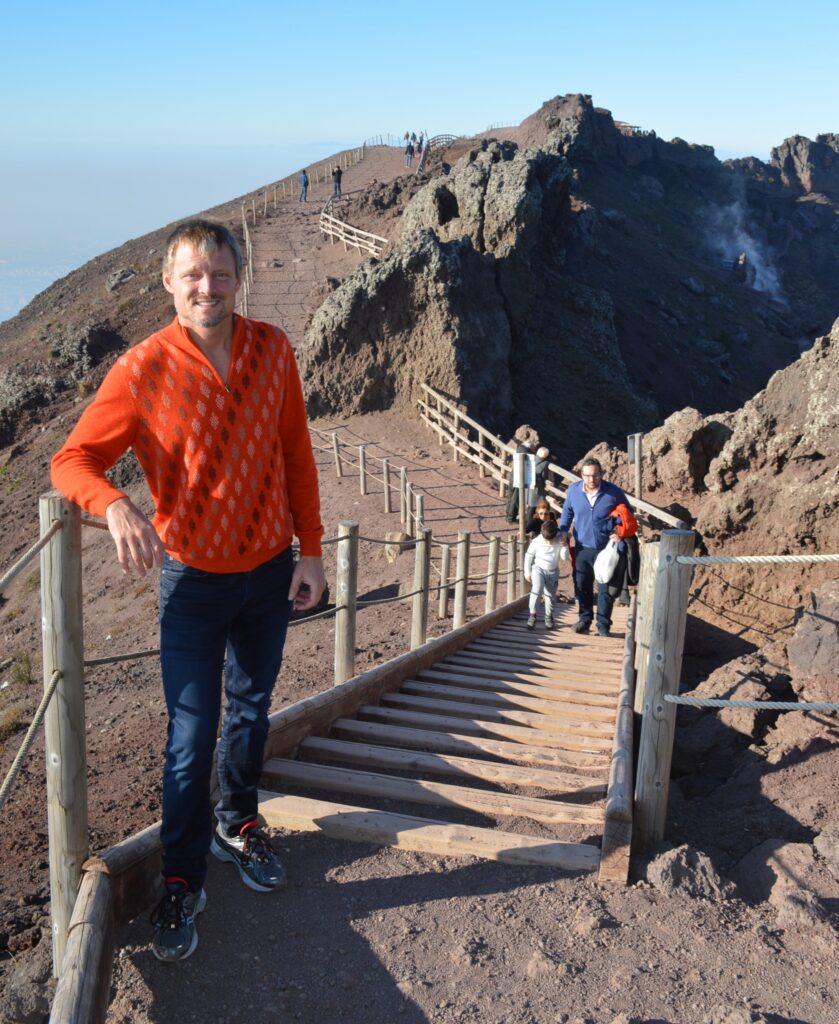
Related Post:

